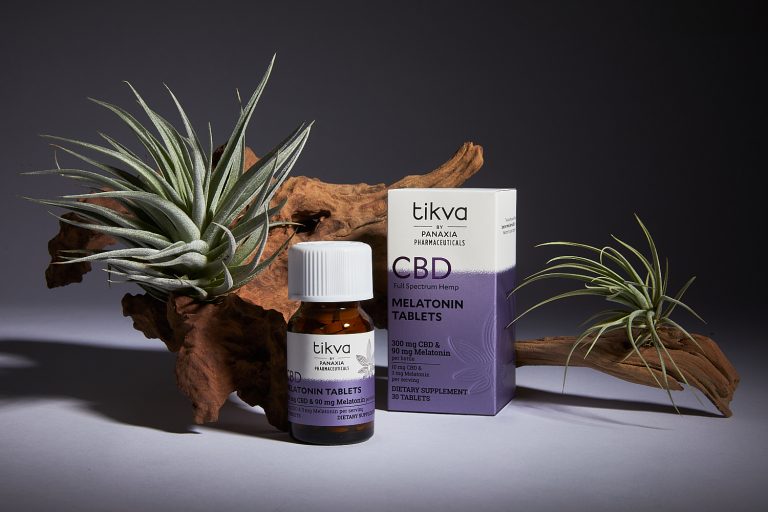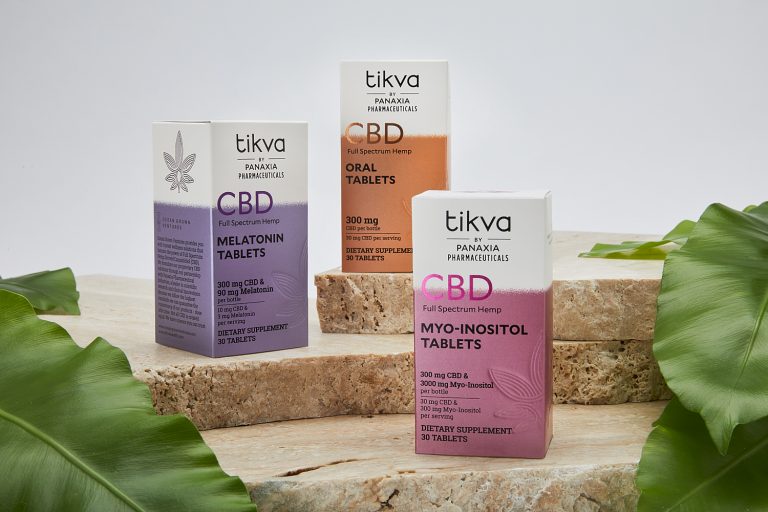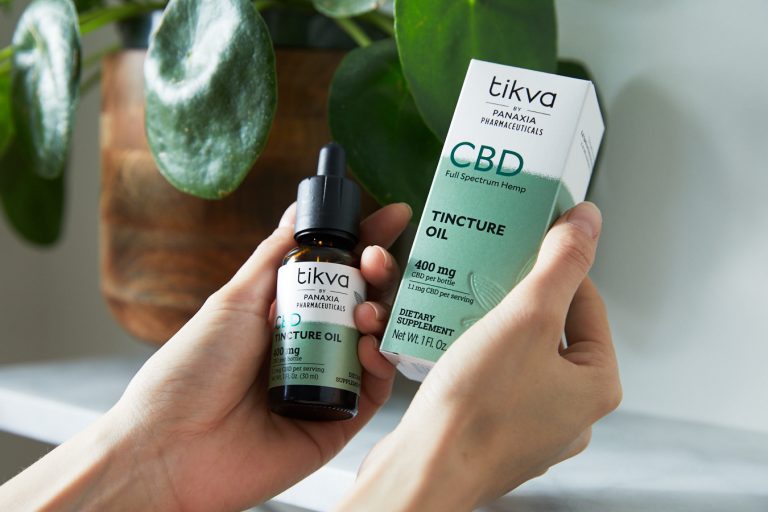What are Cannabinoids and CBD?
Cannabis sativa—the plant that gives us hemp—also offers human beings an array of physical, psychological, and emotional benefits (Maroon & Boost, 2018). Although the earliest recorded application goes back to 2,600 BC, it was only in the 1940s (Pertwee, 2006) that scientists began understanding what is behind the plant’s beneficial effect: cannabinoids.
Cannabinoids—or phytocannabinoids, as they are more formally known (the prefix “phyto” indicates that they are plant-derived, not synthetically manufactured)—are chemical molecules that interact with the endocannabinoid system (ECS). Found in all vertebrae, the ECS functions as an internal regulator, working to keep the body healthy and feeling good. Cannabinoid receptors, called CB1 and CB2, are a major component of the ECS, as are the molecules that activate these receptors, termed endocannabinoids.
Their name well captures their hand-in-glove relationship with cannabinoids—officially, endocannabinoids are endogenous cannabinoid receptor ligands (Di Marzo, Melck, Bisogno & De Petrocellis, 1999). Just as phytocannabinoids are naturally occurring molecules in the cannabis sativa plant, endocannabinoids are naturally occurring molecules, also referred to as ligands, that are endogenous to all beings with a backbone.
So far we know about the existence of over 100 cannabinoids that are unique to the cannabis sativa plant (from which hemp is derived). Each interacts differently with our ECS. Lately the non-psychoactive cannabinoid cannabidiol (CBD) has come into the spotlight for supporting healthy cognitive function and offering immune system support benefits (Maroon & Boost, 2018). Besides CBD, other cannabinoids in hemp that may have positive wellness effects include cannabigerol (CBG), cannabichromene (CBC), and cannabidivarin (CBDV) (Izzo et al., 2009).
Nowadays, hemp from the cannabis plant comes in hundreds of strains. Each has its own cannabinoid composition and concentration. Agriculturalists cultivate hemp to highlight individual cannabinoid profiles (Moskowitz, 2017) and to tailor the amounts to our needs. As such, humans continue to seek and find wellness “opportunities from an ancient herb” (Izzo et al., 2009, quoting researcher Raphael Mechoulam).
To learn more about CBD, read more here.
An additional article we think you will like – CBD 101.
References:
Moskowitz, M. (2017). Medical cannabis: A guide for patients, practitioners, and caregivers. Virginia Beach: Köehler Books.






